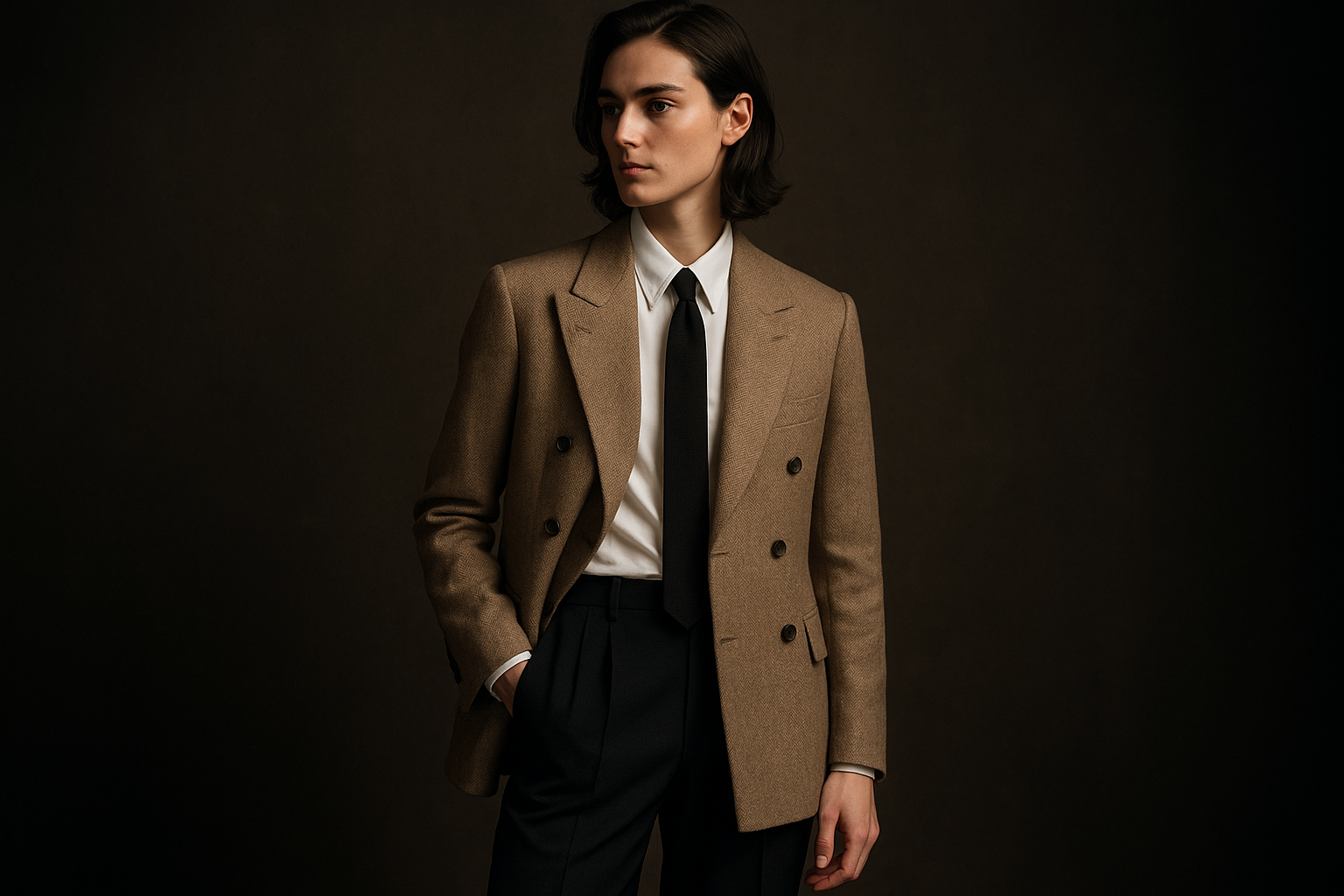Formal Clothes: Practical Guide to Suits, Dresses, Ties, and Business Attire
Formal clothes signal respect for an occasion and clarity about expected dress codes. Whether you're preparing for a job interview, a corporate meeting, a wedding, or a formal dinner, understanding the components of formal attire helps you present yourself confidently. This article breaks down common elements—suits, dresses, ties, and business attire—focusing on fit, fabric, color choices, and practical care. Readers worldwide can apply these principles to find styles that suit their body type, climate, and cultural context while maintaining a polished, appropriate appearance.

What are formal clothes?
Formal clothes are garments worn for events or environments that require a higher level of dress than casual wear. They typically follow established conventions for silhouette, fabric, and color: structured pieces, neutral or muted tones, and minimal casual details. Formal clothes include tailored suits, structured dresses, dress shirts, ties, polished shoes, and coordinated accessories. The overall goal is cohesion and restraint—clothing should look intentional rather than improvised. Cultural and regional norms influence specific expectations, so what’s considered formal in one setting might be semi-formal or business casual elsewhere.
How to choose suits for occasions
When selecting suits, prioritize fit and fabric. A well-fitting suit flatters shoulders, allows free arm movement, and skims the torso without pulling across buttons. Common fabrics include wool blends for year-round wear, lighter linens for warm climates, and wool flannel for colder months. Single-breasted jackets are versatile; double-breasted styles lean more traditional. For color, navy and charcoal are safe choices for many formal settings; black is typically reserved for very formal events or evening wear. Tailoring and alterations are often necessary—seek local services for adjustments to jacket length, sleeve length, and trouser hem.
Selecting dresses for formal settings
Dresses for formal occasions should balance silhouette, length, and fabric. Structured sheaths, A-line shapes, and wrap dresses often read as formal when made from higher-quality materials such as crepe, silk blends, or heavier knit. Hemlines depend on the event: knee-length or midi for many daytime formal events, and longer lengths for evening or ceremonial functions. Sleeve styles and necklines should reflect the formality and cultural context; modest cuts are common in many professional settings. Choose linings and fabrics that breathe if you’ll be in a warm environment, and consider a coordinating blazer for added structure and professionalism.
Choosing ties: patterns and materials
Ties are a compact way to signal formality and personal style. Silk ties remain a classic due to their drape and subtle sheen; wool or knit ties can work in more textured or seasonal looks. Solid colors or conservative patterns—stripes, small dots, and tonal motifs—are typically appropriate for formal or business contexts. Match the tie to the suit and shirt: a patterned tie can complement a plain shirt, while a solid tie pairs well with a subtly patterned shirt. Width should generally align with the jacket lapel; a medium width suits most contemporary suits. Keep tie length so the tip reaches the belt buckle for balanced proportions.
Business attire: balancing formality and comfort
Business attire occupies a middle ground between strictly formal evening wear and casual clothing. It emphasizes professional appearance, durability, and comfort for long workdays. For many workplaces, business attire means a tailored suit or coordinated separates—blazers with dress trousers or pencil skirts—paired with conservative shirts or blouses. Neutral palettes like navy, gray, and beige enable interchangeable wardrobes and reduce decision fatigue. Layering with lightweight knits or cardigans can increase comfort without sacrificing structure. Shoe choices should be polished and functional; closed-toe leather shoes or loafers are common choices in business environments.
Conclusion
Formal clothes rely on consistent principles: appropriate fit, suitable fabric, and cohesive color choices. Suits, dresses, ties, and business attire each contribute to a refined look when chosen with attention to occasion and personal proportions. Tailoring and thoughtful fabric selection extend the life and versatility of formal garments, while modest accessorizing and maintenance keep wardrobes practical and presentable across different climates and cultural expectations.






